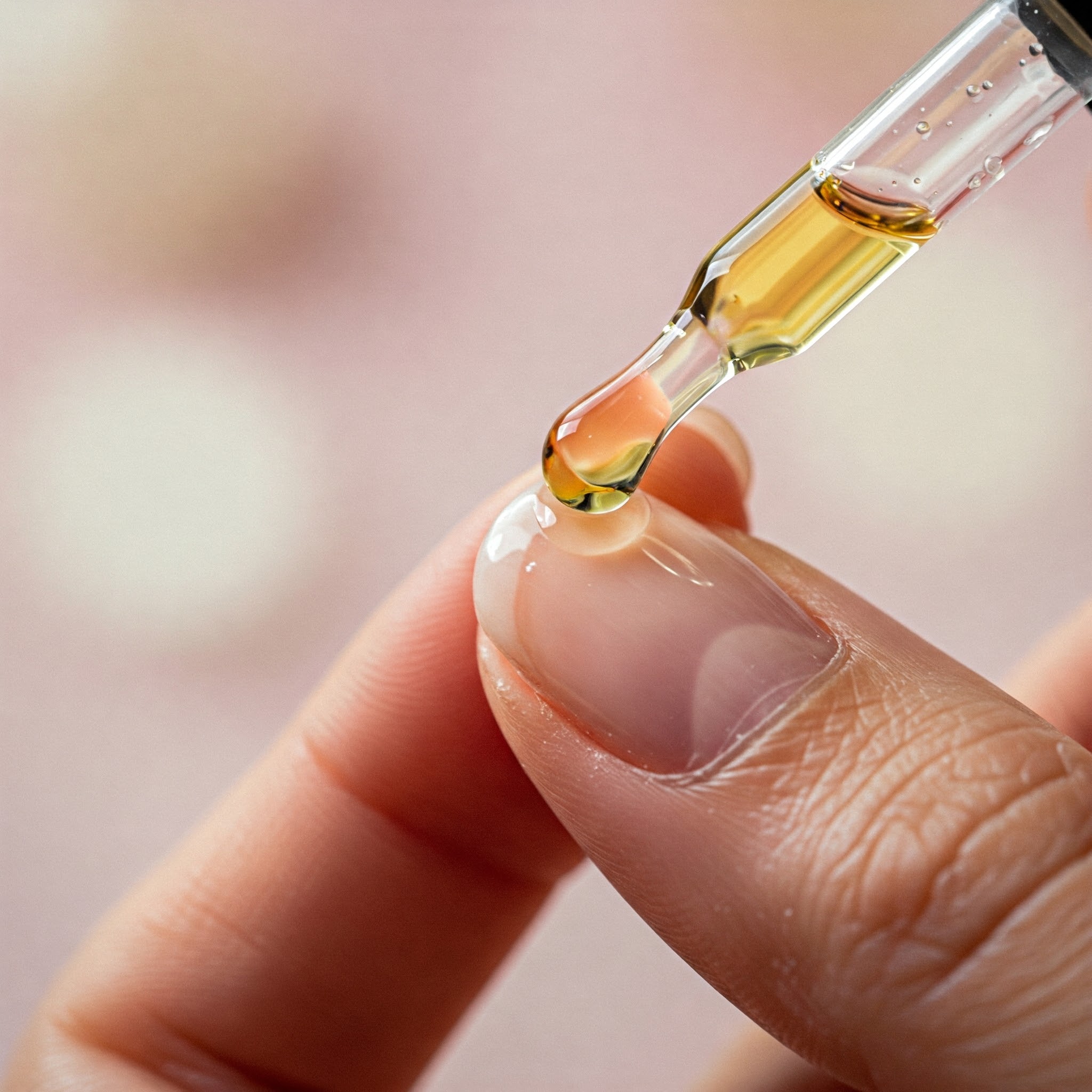#1 DIY Cuticle Oil to Enhance Your Manicure at home
Your manicure is only as good as your cuticle care. While polished nails grab attention, healthy cuticles are the unsung heroes of a flawless finish. Dry, cracked cuticles not only detract from your nail art but also increase the risk of infections and peeling polish. Enter the ultimate DIY cuticle oil, a blend of scientifically proven ingredients to nourish, protect, and elevate your at-home manicure game.
Disclaimer: Always research the properties of any essential oil before using it, especially if you have sensitive skin or allergies.
Disclosure: This article contains Amazon affiliate links. As an Amazon Associate, I earn from qualifying purchases. If you click on a link and make a purchase, I may earn a small commission at no extra cost to you.
Why Cuticle Care Matters?
Cuticles are the thin layer of skin at the base of your nails that acts as a barrier against bacteria and fungi. When neglected, they can become dry, split, or inflamed, compromising the health of the nail matrix (the tissue under the cuticle where new nail cells form). Healthy cuticles ensure:
- Stronger nails: Hydrated cuticles prevent brittleness by sealing moisture into the nail bed.
- Faster growth: A well-maintained matrix promotes consistent nail cell production.
- Longer-lasting polish: Smooth cuticles create a clean canvas, helping polish adhere better.
Science shows that cuticle oils work by penetrating the skin’s lipid barrier, delivering nutrients directly to the nail matrix.
A 2012 study in the Journal of Cosmetic Dermatology found that oils rich in fatty acids (like jojoba) significantly improve nail hydration and flexibility.
Read: Is cuticle oil a SCAM according to SCIENCE
The #1 DIY Cuticle Oil Recipe

This recipe combines evidence-based ingredients for maximum absorption and nourishment. Here is the list
- Jojoba Oil (2 tbsp)
- Vitamin E Oil (1 tsp)
- Argan Oil (1 tbsp):
- Lavender Essential Oil (5-8 drops)
Optional: Add 2 drops of tea tree oil for antifungal properties.
Jojoba oil mimics the skin’s natural sebum, making it deeply hydrating without clogging pores. Studies show it repairs the lipid barrier faster than other oils. Vitamin E, being famous for hydration, is a potent antioxidant that protects against free radicals, which are unstable molecules that can contribute to aging and cell damage. Free radicals can be generated by UV exposure, pollution, and even some nail polish ingredients.
Argon oil is rich in linoleic acid (protects the nail matrix from damage and infection) and vitamin E; it softens cuticles and strengthens nails. Finally, some drops of Lavender essential oil are not only calming for your cuticles, but are also anti-inflammatory!
Steps
- In a bowl, mix jojoba, argan, and vitamin E oils.
- Stir in lavender (and tea tree, if using).
- Use a funnel to transfer the blend into the glass bottle.
How to Use Your DIY Cuticle Oil
- Apply daily: Massage 1–2 drops into each cuticle after showering or washing hands (warm skin absorbs oil better).
- Massage gently: Use circular motions to boost blood flow to the nail matrix, encouraging growth.
- Pair with manicures: Apply pre-polish to soften cuticles, or post-polish for a hydrated finish.
Apply a thicker layer before bed and wear cotton gloves to wake up with baby-soft cuticles.
Choose ingredients according to your needs
Cuticle problems are common, but your DIY oil can help! Here are a few examples
a. Hangnails
Dry, ragged cuticles are prone to hangnails. The moisturizing properties of jojoba and argan oil will soften the skin and help prevent hangnails from forming. Regular use of your cuticle oil can significantly improve this issue.
b. Brittle Nails
Nails that break easily often lack moisture. The hydrating oils in your recipe, particularly jojoba oil, can help improve nail flexibility and prevent breakage by sealing in moisture.
c. Ridges
While vertical ridges are often a normal part of aging, horizontal ridges can sometimes indicate nail damage. Keeping your cuticles healthy and hydrated with this oil can support overall nail health and potentially improve the appearance of ridges (though it won’t eliminate them entirely).
d. Infections
If you suspect a fungal or bacterial infection around your nails, tea tree oil’s antifungal and antibacterial properties may be helpful. However, it’s always best to consult a doctor or dermatologist for proper diagnosis and treatment of infections.
Storage and Shelf Life of this Homemade Cuticle Oil
To maximize the shelf life of your DIY cuticle oil, proper storage is key. Use Dark Glass Bottles like amber or cobalt blue for storage. They protect the oils from light, which can degrade their quality over time. Light can cause oxidation, reducing the effectiveness of the oils and potentially changing their scent. Also, store the oil in a cool, dark place, away from direct sunlight and heat. A bathroom cabinet or drawer is usually a good option.
Refrigerating your cuticle oil can also extend its shelf life. Some oils may solidify slightly in the fridge, but they’ll return to liquid at room temperature.
With these proper storage tips, your DIY cuticle oil should last for approximately 6 months. If you notice any changes in the scent, color, or texture of the oil, it’s best to discard it.
Final Thoughts
With this science-backed DIY cuticle oil, you’re not just pampering your nails, you’re investing in their long-term health. Consistent use leads to visibly softer cuticles, shinier nails, and manicures that last days longer. Plus, you’ll save money and avoid the chemicals in store-bought alternatives. Ready to transform your nail care routine? Whip up a batch and let your nails reap the rewards!
Tag us in your DIY creations on Instagram—we’d love to see your results! 🌿💅
References:
- Lin, T. K., et al. (2018). “Jojoba Oil: A Comprehensive Review.” International Journal of Molecular Sciences.
- Pazyar, N., et al. (2013). “Jojoba in Dermatology: A Succinct Review.” Journal of Cosmetic Dermatology.

